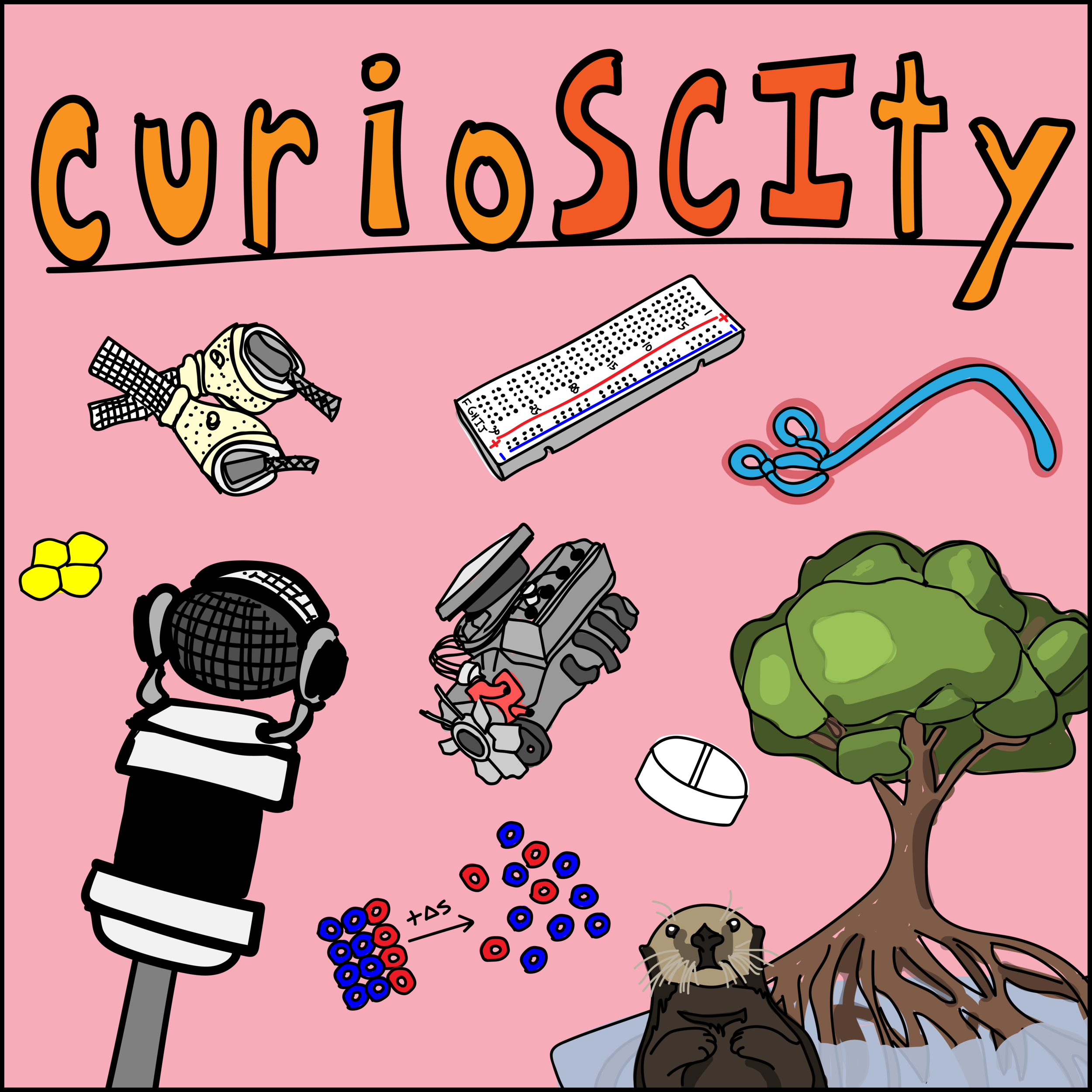89 - Arthropod Vectors (w/ Helen Lazear!)
89. Arthropod Vectors
In times of significance, it seems like everyone is a certified virologist… even those who proport factually incorrect information. Today, we’ll discuss some common myths of COVID19 and scientific literacy. Let’s learn to be scientifically conversational.
General Learning Concepts
1) What is zoonosis?
a. What is an infection? “Infections are caused by microscopic organisms known as pathogens—bacteria, viruses, fungi, or parasites—that enter the body, multiply, and interfere with normal functions.”
i. What is a micro-organism?
b. What is disease? Infection, often the first step, occurs when bacteria, viruses or other microbes that cause disease enter your body and begin to multiply. Disease occurs when the cells in your body are damaged — as a result of the infection — and signs and symptoms of an illness appear.
c. What is zoonosis? The CDC and WHO define zoonosis (or zoonotic disease) as any disease or infection that is naturally transmissible from vertebrate animals to humans. Zoonoses can be caused by bacteria, parasites, fungi, or viruses. [2]
d. What is a vector? A vector is a living organism that transmits an infectious agent from an infected animal to a human or another animal. Vectors are frequently arthropods, such as mosquitoes, ticks, flies, fleas and lice.
i. Biological vector: Such as mosquitoes and ticks may carry pathogens that can multiply within their bodies and be delivered to new hosts, usually by biting.
ii. Mechanical vector: Such as flies, can pick up infectious agents on the outside of their bodies and transmit them through physical contact.
2) What are arthropods?
a. Phylum: Arthropoda, generally characterized as invertebrate animals, such as insects, spiders, or crustaceans. Today, we’ll end up focusing on mosquitos and ticks.
b. Cycles of infection: Because the causative agent is carried by arthropods, infection will often occur during months that are higher in vector activity.
c. General Mosquito Life Cycle: Laid as eggs and hatch in water. Survives as a larva, molting and growing. Develops into a pupa before emerging as an adult with a hardened body. Female mosquitos take blood meals, often 3-4 days after becoming a flying adult. Blood meals are used to develop eggs, which are laid before another feeding. During the lifespan of 3-4 weeks, this process can recur several times.
i. Common mosquitos responsible for carrying disease: Culex or Anopheles or Aedes-genus mosquitos… etc.
d. General Tick Life Cycle: 3-5 mm long. Ovoid/pear shaped bodies. Eight legs. Laid as an egg. These eggs hatch into larvae, which need a host to survive (commonly something like mice). When full of blood, they fall to the ground and transition to the nymph stage of life. This period during the year tends to be cold, so they either survive dormant in leaf litter or reside without feeding on a host. When the temperature increases, nymphs will quest for another desirable host. When full of blood, the tick will detach once more and become a fully fledged adult and search for a third and final host. Lifespan tends to be 2-3 years. [2]
3) Why are arthropod vectors important for research today?
4) Fun Tidbits
a. Are all mosquitos capable of carrying disease? From a simple perspective, no. There are more than 2,700 species of mosquitos and not all of them can be infected or transmit pathogens. Additionally, not all mosquitos partake in blood meals; those that do not would not be at risk for spreading disease.
b. Heterophagy: Ticks’ digestion is nearly entirely intracellular and tends to take a fairly long time (especially due to their gluttony – sometimes up to 200x its unfed body weight). This means that blood can remain unperturbed for a long time within a tick. [2]
5) Solicited Questions
a. Are mosquitos affected by viral infection?
b. Why are arthropods good hosts for infectious disease carrying organisms?


